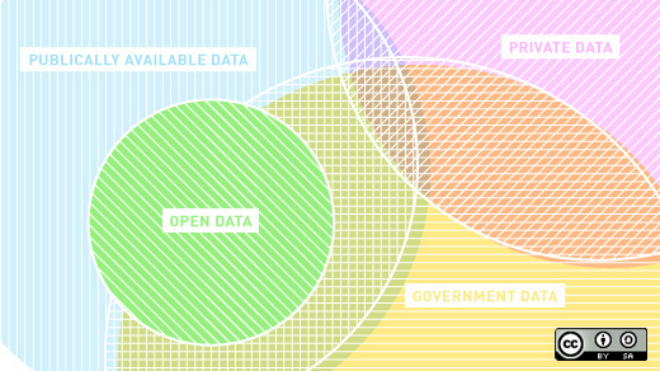
While traditional media continue their difficult decline, a cadre of the most innovative reporters, from Afghanistan to the Amazon, are quietly transforming journalism by harnessing the power of open data. Working in collaboration with civil society groups and governments, they are applying new digital tools to increasingly available data troves to tell stories via powerful interactive graphics. As a result, they are increasing transparency and empowering communities.
In Brazil, for instance, Infoamazonia.org was one of the first efforts to create a cross-border map of data on environmental exploitation combined with journalist and citizen coverage. The site paints a detailed picture of the forces behind environmental degradation in the Amazon.

In Brazil, the interactive mapping platform InfoAmazonia provides a crowdsourced map of news and reports on environmental threats facing the Amazon rainforest. A project of O Eco and Internews, InfoAmazonia has taken a major step forward with the release of its 2.0 version, in which a digital tool allows for more customized and user-friendly engagement.
Obtaining non-proprietary data and news coverage are vital to the success of the project. Recently, Infoamazonia reporters analyzing the National Institute for Space Research data discovered a 220% rise in the rate of deforestation of the Amazon in Brazil compared to the previous year.
In Kenya, the Data Dredger project encourages traditional media to embrace data-driven journalism. Funded by USAID and led by Internews, the effort has created dozens of interactive graphics exploring Kenya's most serious health issues and offered it to media outlets for free. Using these visualizations, Kenyan journalists have written stories on topics such as the exodus of much-needed doctors to other countries, and how counterfeit drugs are hindering the fight against malaria.
Many data projects arise from concerns about global corruption and impunity. For example, the Afghan media development organization Nai has created a map of attacks against journalists in Afghanistan; Freedom House and the International Center for Journalists are creating a similar map for Mexico.
The success of early data projects has shifted the tone from he-said, she-said sound bites to solid data sources, and has further inspired journalists, civil society organizations and governments to pool their efforts, and their data. Africa Open Data features datasets from 10 countries so far and Open Data Latinoamerica launched in May with data from five countries.
Crowd-sourced and local data collection efforts are becoming more and more feasible because of new technologies. These include open source data collection kits and tools for data scraping, cleaning, analysis and visualization. Tools and resources offered by Ushahidi and OpenStreetMap, among others, have paved the way for journalists to create compelling data-driven visualizations.
There is a common motivation behind all of this fantastic collaboration in data visualization. Breaking news is now often the domain of social media, and advertising dollars are divided among the millions of professional and non-professional content providers who want a piece of the pie. But there is growing need and demand for in-depth content and analysis that people can't get anywhere else and are willing to pay for.
Unfortunately, data-driven reporting is not easy. Governments, corporations and NGOs have to be persuaded to share data; journalists and techies have to be coaxed out of their comfort zones to integrate data projects into their day-to-day work; and the audience has to demand quality analysis.
Furthermore, data literacy remains a major barrier to widespread adoption of data journalism both for journalists and for their audiences. In a global economy where information is increasingly a most important currency, data needs to be conveyed in a way that helps citizens make more informed decisions. Particularly in developed countries, media need to measure whether flashy, interactive data visualizations are effective in conveying useful information or are merely disorienting.
Despite all the creativity and collaboration in this emerging field, the future of data journalism is still opaque. It remains to be seen whether this new model of reportage will be compelling enough to attract the kinds of audiences and advertisers that media need to survive.
However, it is heartening to see the kinds of innovative projects that are emerging from the open data movement. Data-driven journalism is opening windows onto previously dark corners and giving people the information they need to understand and take action on the issues they care about. If journalism is to remain relevant and viable, its practitioners would do well to explore and expand the use of new data technologies while keeping this fundamental goal in mind.
This post was originally published on Wired.com.